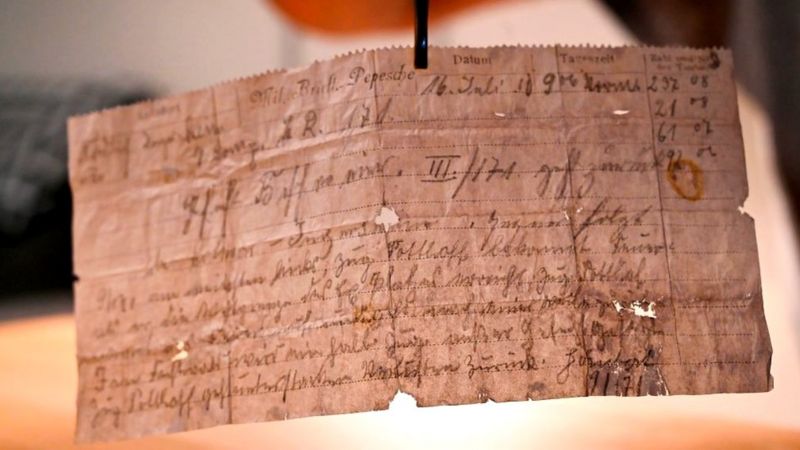A couple walking in a field in France last September discovered a tiny aluminum capsule in a field. Upon opening it, they discovered a message in German written by a Prussian soldier in the early 1900s.
The faded message was written in a Gothic German script and had faded over time so it was a little hard to read. The date was either in 1910 or 1916.
Knowing that the area had seen action during World War I, which took place from 1914 to 1918, the couple delivered the capsule and message to the Musee Memorial Le Linge which is devoted to one of the bloodiest battles of WWI.
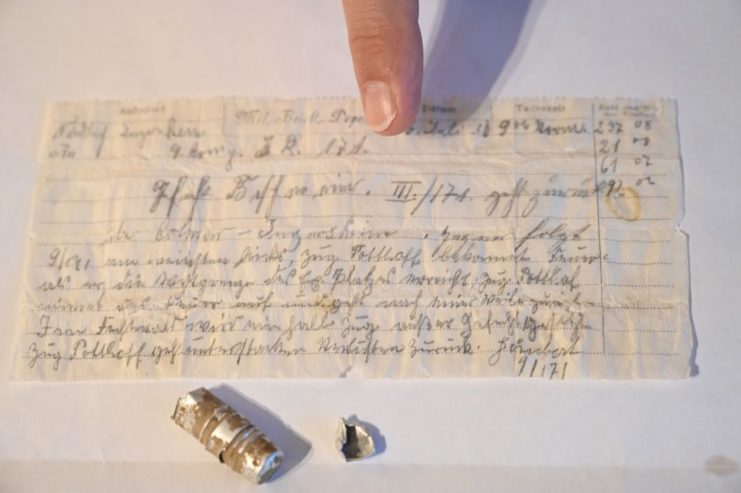
Dominique Jardy, curator at the museum in Orbey, France, had the message translated by a friend who spoke German. The message details military maneuvers and was written by an infantry officer reporting back to his superior officer.
The message was found in Ingersheim which had been part of Germany back then but is now in the Grand Est department of France. The area belonged to France prior to 1871. It switched hands to the Germans during the German-Franco War and then back to the French after WWI.
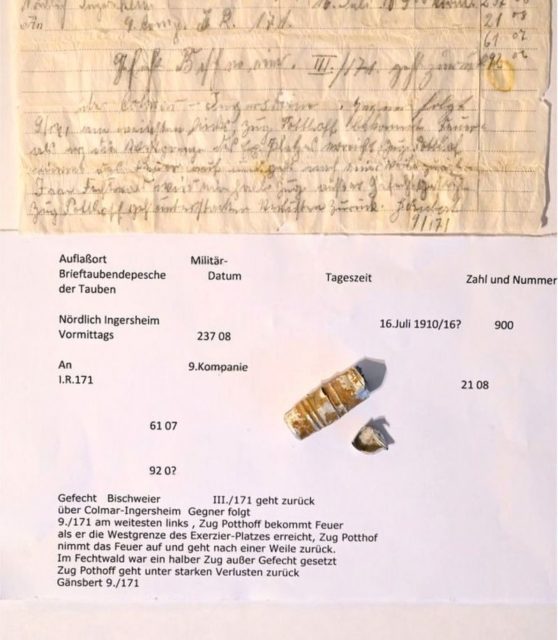
Jardy called the find “super-rare.” She believes that the capsule had been buried and eventually worked its way to the surface. This has occurred often with military artifacts from WWI.
She believes that the 1910 date is the most likely given that there is no report of any military activity in the region during 1916.
The message and the capsule will be a permanent exhibit at the museum which commemorates the battle for the Le Linge hilltop in 1915.
Taking the 1910 date as most likely, the message appears to have been sent during military training maneuvers. Some of the terms in the message seem specific to military exercises as opposed to actual combat situations. “Platoon Potthof receives fire as they reach the western border of the parade ground, platoon Potthof takes up fire and retreats after a while. In Fechtwald half a platoon was disabled. Platoon Potthof retreats with heavy losses.”
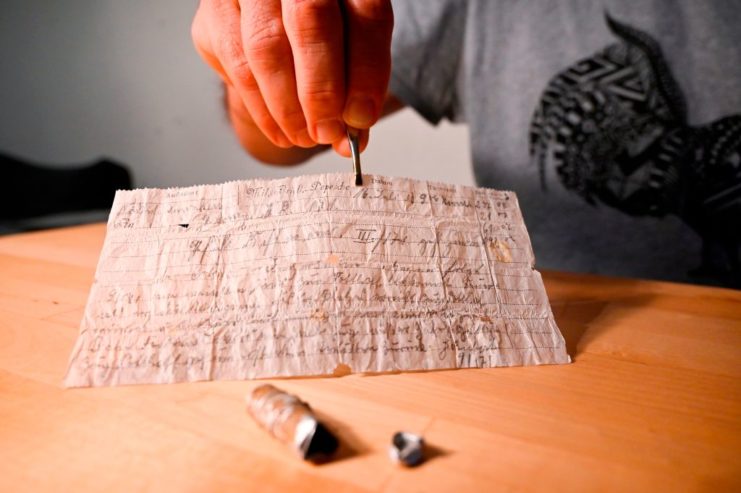
Carrier pigeons were used by both sides in WWI and also in World War II. All branches of the military found uses for them. Planes would carry pigeons which were released if they crashed or to send information back to base while the plane was still in flight.
Tanks carried pigeons to send messages while the crew remained in the relative safety of their armored vehicles. Infantry troops on the front line sent messages back to headquarters via pigeons.
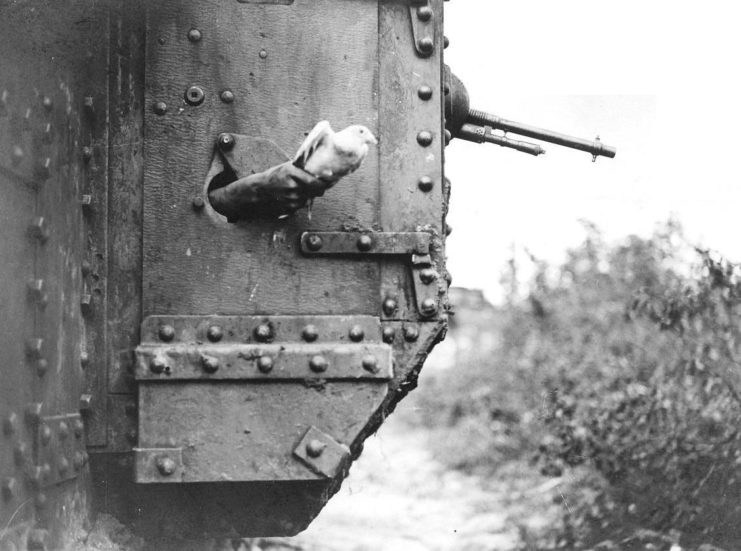
There are numerous tales of lives saved and battles won due to the heroic flights of carrier pigeons who survived enemy fire to deliver their precious cargo.
Another Article From Us: 9th Episode of WW2 Podcast Series – “The Finest Half Hour” – is out Now!
Carrier pigeons were such a popular way to communicate because other technologies were not capable of meeting the demands of the troops in battle. Infantry officers preferred to communicate with headquarters using telephones.
But an advancing front often meant a wait for lines to be run to their position. Pigeons, with their unerring ability to find their way back to their nest no matter where in the world they are, were a necessity for battlefield communication.
